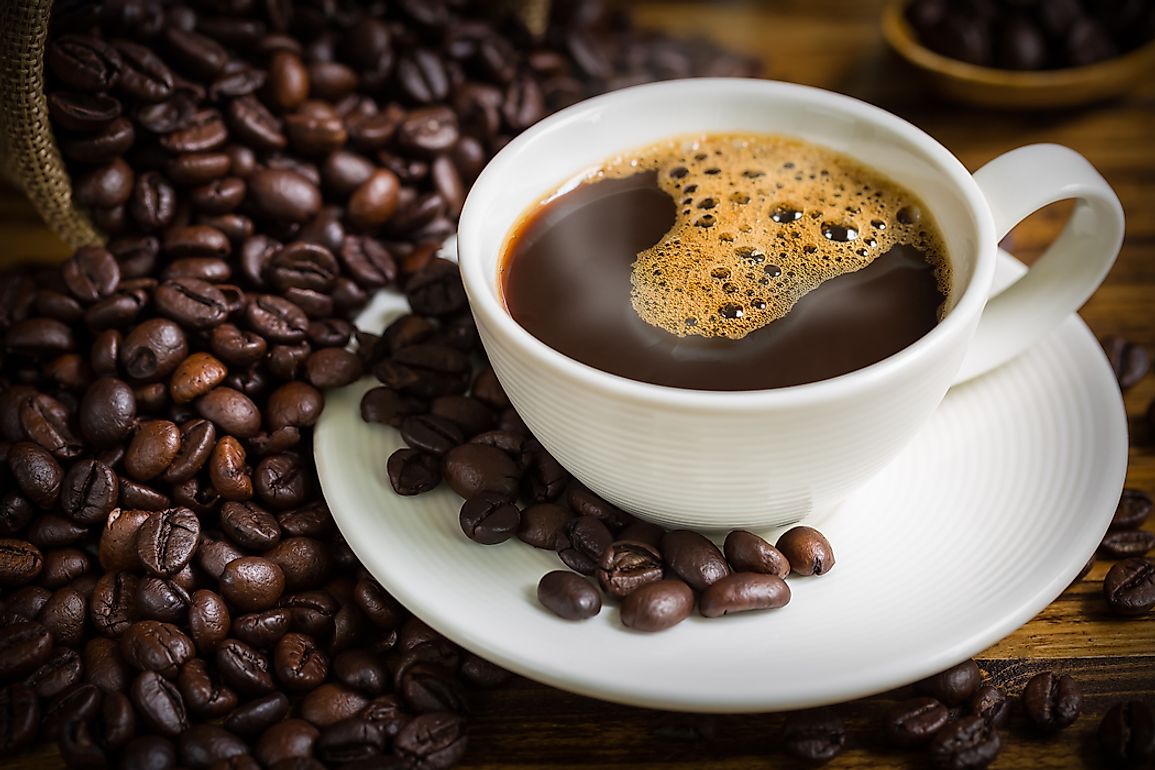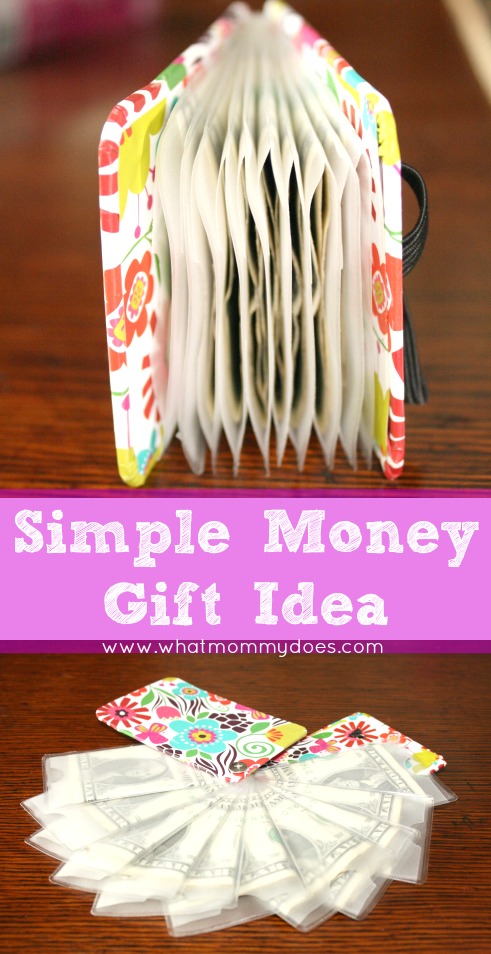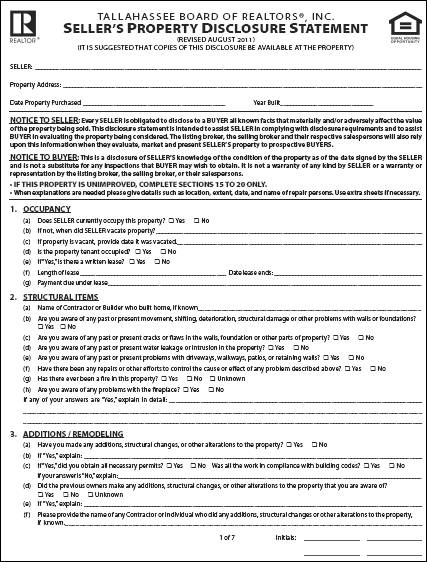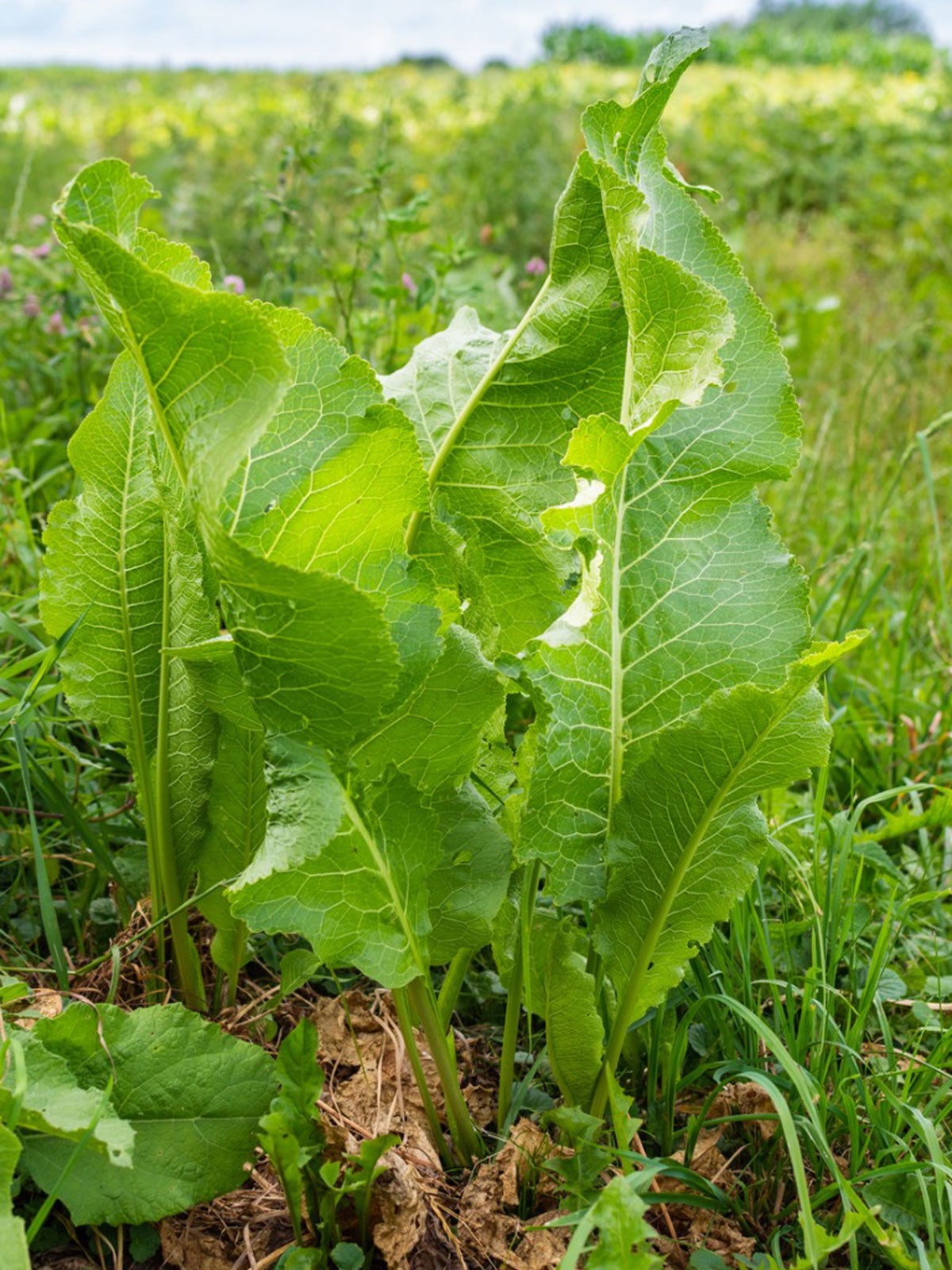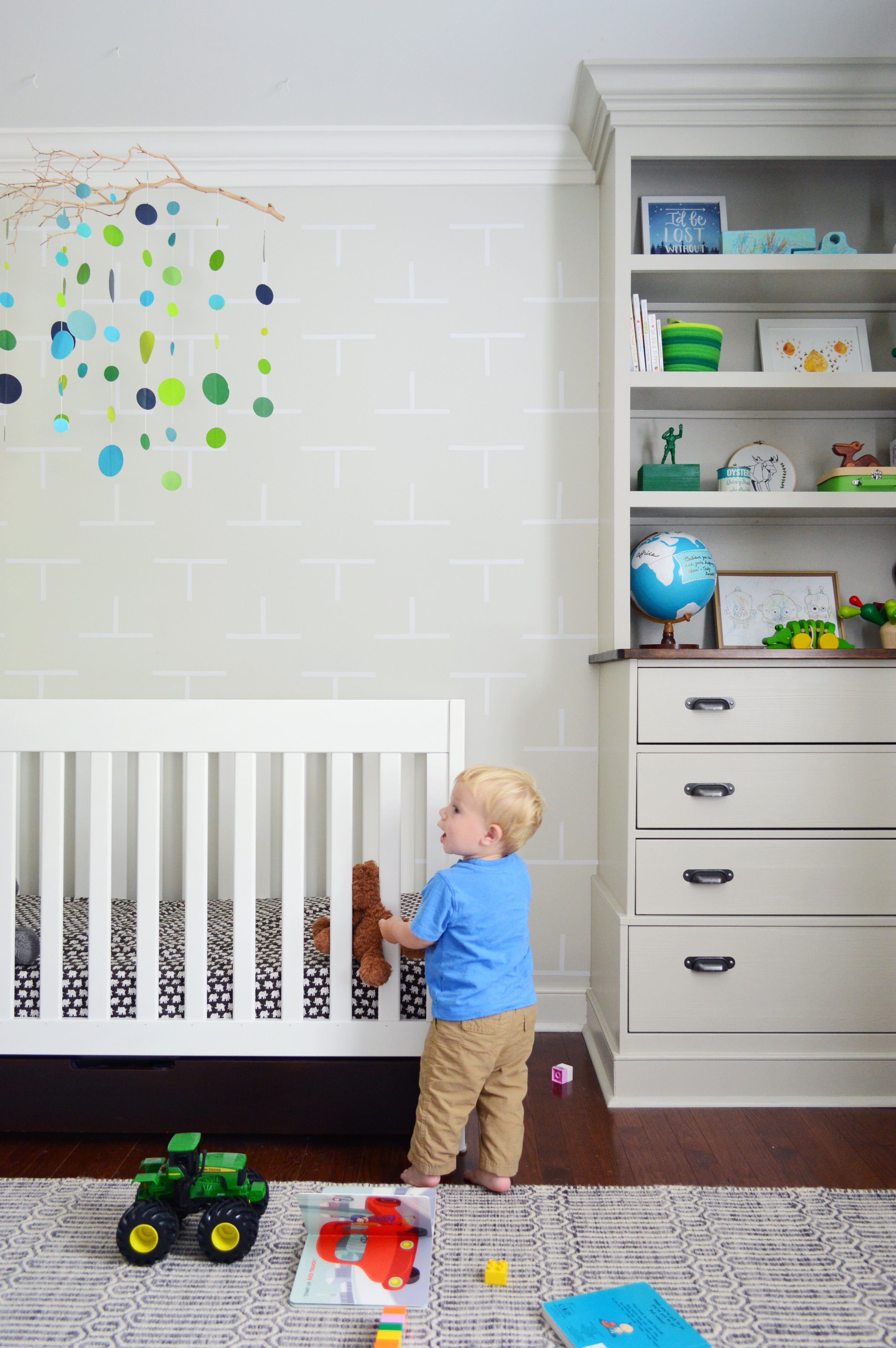Table of Content
When I was a young lad I used to work as a cleaner in a butchery. Once of my jobs was to clean the bin which housed all the meat scraps and bone that could not be made into mince or whatever. These are the criteria we have chosen our Sanitizer For Home Brewing on. The most important thing that you should know about us is, we're always updating our website to provide timely and relevant information. All you need is 1 tablespoon and 2 minutes of contact time. Reduces water spotting and can be used without rinsing when used at the recommended dilution.
Air, sunlight, proteins, and other chemicals such as chlorine can shorten the shelf life, so store it carefully to get the most for your money. Using oak wood chips to age and flavor beer brews Ageing beer in oak barrels is a long-standing practice for making beer. Is there a risk of leaving beer in the primary fermenter too long? As a general rule of thumb, one can leave the beer in the primary ...
The Best Sanitizer for Brewing
To watch the One Step No Rinse Cleanser Sanitizer for Homebrewing Beer And Wine Review on YouTube, click here. To watch the Northern Brewer Homebrewing Starter Set Review on YouTube, click here. Star San is also colorless and odorless, so you won’t have to worry about your beer taking on odd colors, smells, or flavors. They also don’t contain surfactants that leave filmy coatings in the interior of your system.
While cleaning and sanitizing is critical to ensuring your frosty brew is as delicious as you imagined it would be, it doesn’t have to be difficult or stressful. To mix up a batch, combine 1 fluid ounce of Star San with 5 gallons of water. You can get the mix exactly right by using the handy measuring cup on the top of the bottle. Because it’s an iodine-based sanitizer, iodophor is approved for use in the restaurant and food service industries to sanitize surfaces that come into direct contact with food. You can also use a sodium percarbonate cleaner, which is essentially a solid-form combination of sodium carbonate and hydrogen peroxide, with other additions depending on brand.
Dish Soap
There are many ways to achieve a good brew but there is one thing you must do to 'make it so' and that is to sanitize your beer brewing equipment. Like we have discussed above, ease of use determines the time you’ll spend cleaning your equipment. So, you might want to check the duration stated on the cleaner or sanitizer. Some products might take longer to get the cleanup done, and others take only a few minutes depending on the procedure allotted. You’ll find many cleaners and sanitizers in the market, but you won’t find a company that tells you that their product is not the best or isn’t sufficient. For that reason, below, we’ll share some of the factors you should have in mind before deciding on various products.

Some cleaning products are expensive than others, depending on their usability. If you want to save money, consider buying concentrated products to dilute with water for use. You can apply some cleaners and sanitizers on all kinds of equipment, and others are specific, so please mind checking the labels. You definitely don’t want to corrode your stainless steel kegerator or growler while trying to clean.
Cleaning Your Beer Making Equipment
However, this usually results in an overly-strong solution. Matt is the founder of Brew Cabin and started homebrewing in 2005. He has continued to level up his brewing skills and wanted to share his journey and knowledge with other homebrewers. He launched Brew Cabin in 2017 to make homebrewing more approachable and scalable for everyone looking to craft the perfect pint.

It is also colorless and odorless, which is good news for you and your beer. To use iodophor as your brewing sanitizer, combine ½ ounce with 5 gallons of water, which works out to about 12.5 parts per million . Soak your equipment in this solution for at least 60 seconds, then drain.
Some products seem expensive, but you only use a little to sterilize all of your equipment, so the per-use cost is low. Not staining – Some products have ingredients that can stain clothes. Bleach for instance, is a great sanitizer but will almost instantly stain clothes.
It uses phosphoric acid and dodecylbenzenesulfonic acid to sterilize. While Star San is one of the more expensive options on the market, you only need a small amount (1-ounce in 5-gallons water) to sterilize all your brewing equipment. So there really is a difference between cleaning and sanitizing. While some sanitizers will clean your home brew equipment, not all cleaners will sanitize. This is why it’s essential to know the difference between the two. Save more cash by filling a spray bottle with diluted sanitizer to spray down buckets and equipment.
One Step No Rinse Cleanser Sanitizer is a product that can be, basically, used for both purposes. The recipe kit comes with expert-selected yeast, flavorful and aromatic hops, and premium grains and malt. It’s useful to mention the kit contains a no-rinse cleanser in small packaging, but it’s a great thing to buy if you’re just about to start with home brewing. We also like the fact that the Five Star PBW cleaner is biodegradable. Furthermore, it won’t leave hard water marks on equipment, which is always a plus.

Whichever way you choose to sanitizer your beer, do it well, do it properly and just do it. It's a solution that once you have sanitized your brewing equipment and beer bottles, you do not need to rinse off. All in all, this Clorox disinfecting bleach does the job at the end of the day. However, it requires a lot of time and water rinsing to avoid the possibility of any contamination. Otherwise, it is strong and leaves no residues in your homebrew system. Our last noteworthy feature is that this non-rinse sanitizer can be useful on various surfaces.
You can be sure that all your stainless steel homebrew equipment will be left shining. As seen above, before sanitizing beer bottles you need to clean them first. This is where most people get confused because cleaning and sanitizing are terms that are used interchangeably. Cleaning and sanitizing are not two terms that indicate the same thing.

